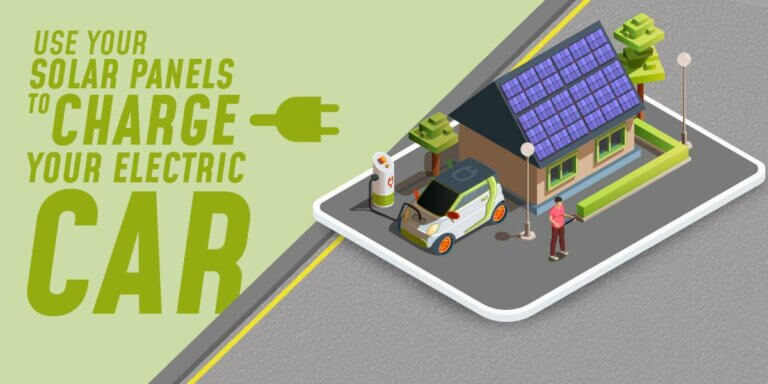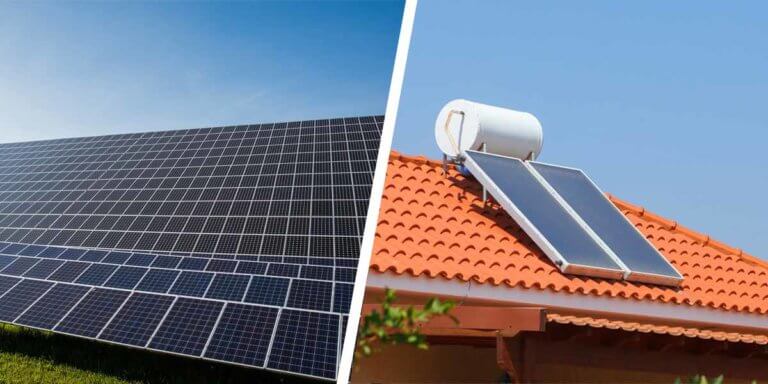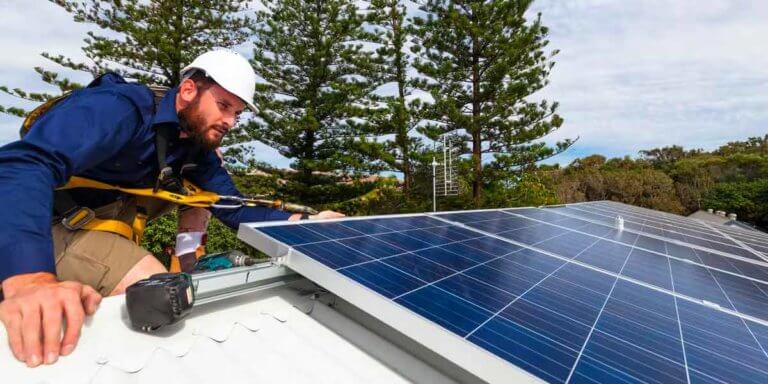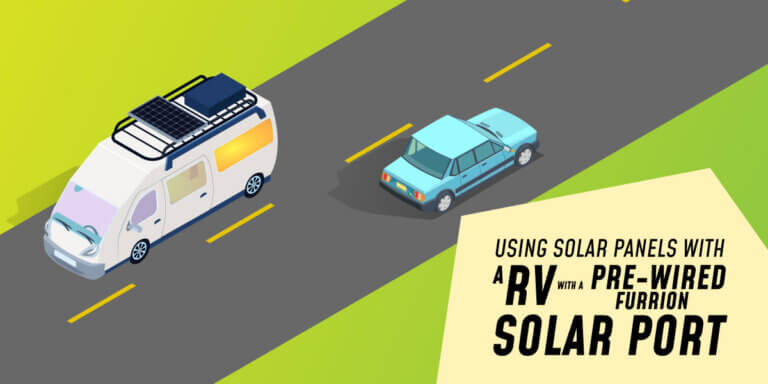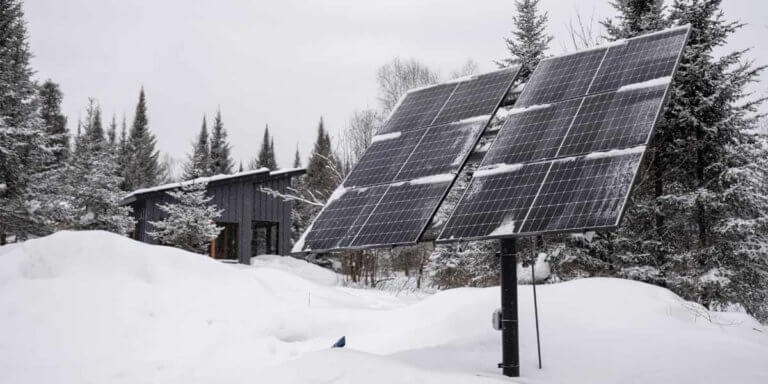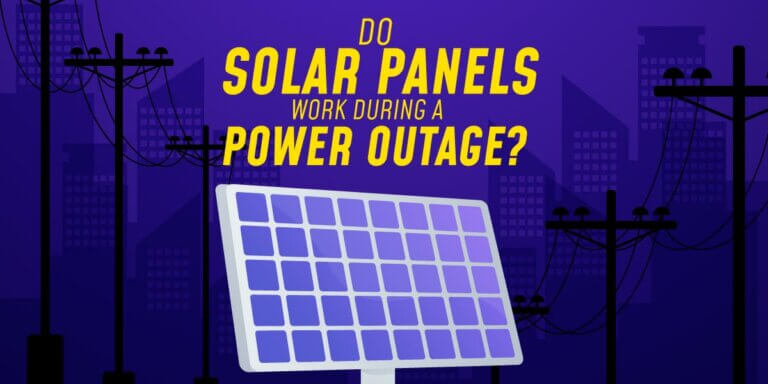How Many Solar Panels to Power the Whole World?

With the world continuing to strive for lower carbon footprints by exploring energy alternatives such as solar power, a curious question bugs us all: is it possible to power the whole world through solar energy?
If so, how do the numbers look? Sun happens to be the largest, most reliable source of energy available in the world at present, so why not use it to its fullest potential? In this article, we will discuss the “why” to that question.
- 1. How Much Electricity Does the World Consume In 2022?
- 2. How Many Solar Panels Would be Needed to Power the World?
- 3. How Much Surface Area Would that Correspond to?
- 4. How Do These Numbers Translate to Real Life?
- 5. How Many Solar Panels Would Be Needed to Power All of the US (United States)?
- 6. Closing Thoughts | Is It Possible for Us to Power the Whole World Using Solar Panels?
How Much Electricity Does the World Consume In 2022?
It has been estimated that global energy consumption will rise by 2.2% in the year 2022, with economies recovering from the impact of the COVID-19 pandemic. Energies of every kind, barring nuclear power, will benefit from this.
According to US Department of Energy’s Energy Information Administration, the world consumption of energy in every form is projected to reach a whopping 678 quadrillion Btu or 715 exajoules by 2030, a 44% increase over the levels noticed in 2008. In 1980, the world consumed 283 quadrillion Btu of energy. In 2019, the global electricity consumption reached 22,848 TWh, which was up 1.7% from 2018.
The following bar graph gives a more balanced view point of the recent electricity usage trend of the world.
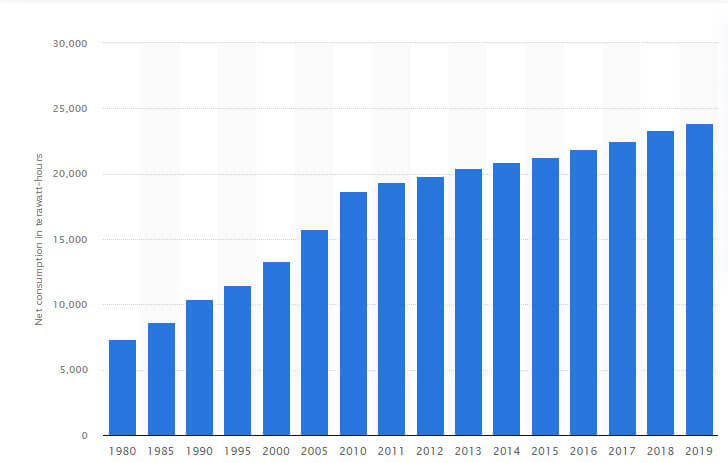
How Many Solar Panels Would be Needed to Power the World?
As per IEA’s statistics, in 2017, the world consumed roughly 23,696 TWh of electricity. This roughly equates to 64.92 TWh daily. Assuming an average of 3.5 hours worth peak sunlight hours, that translates into 18.54 TW of solar power. Going by that, if we used 350W solar panels, the world would need no less than 51.428 billion solar panels.
How Much Surface Area Would that Correspond to?
Even if we know the number of solar panels required to power the entire world, it does not necessarily mean we know how to capitalize on that.
We surely need someplace sunny and the one place that comes to mind immediately is the Sahara Desert- not only due to the scorching sun it gets but also since there is little to no life there whatsoever. Therefore, disturbing natural habitats has a minimal if not non existent possibility.
Mehran Moalem, PhD, an UC Berkeley professor and expert on ‘Nuclear Materials and Nuclear Fuel Cycle’ says the following:
“If we cover an area of the Earth 335 kilometers by 335 kilometers with solar panels, even with moderate efficiencies achievable easily today, it will provide more than 17,4 TW power. This area is 43,000 square miles. The Great Saharan Desert in Africa is 3.6 million square miles and is prime for solar power (more than twelve hours per day). That means 1.2% of the Sahara Desert is sufficient to cover all of the energy needs of the world in solar energy.”
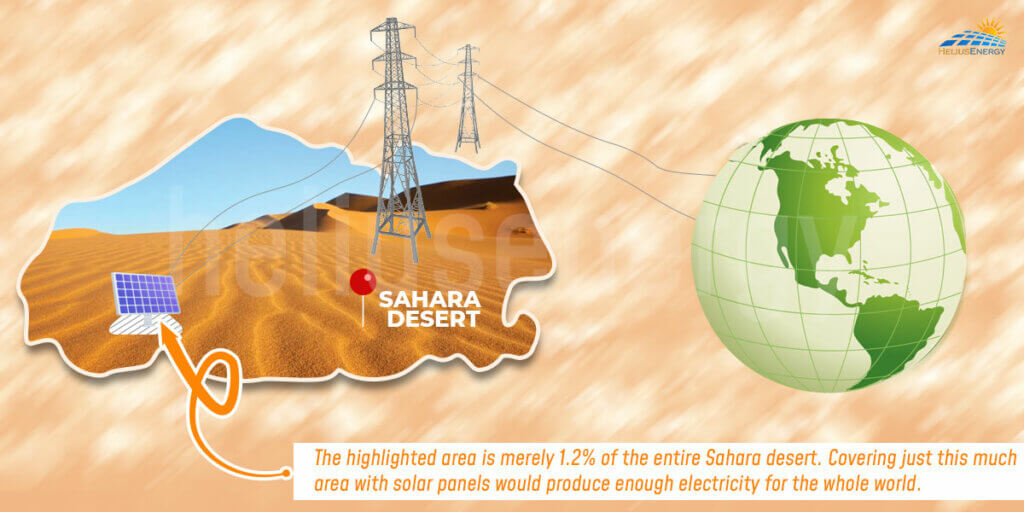
How Do These Numbers Translate to Real Life?
Let’s put these numbers into perspective: A 1MW solar farm located in North Carolina can run on 5040 solar panels, talking up 4.8 acres and producing 1.7 million kWh annually.
Getting about 5 to 6 hours of sunlight each day, and putting this farm into the global context, we would need 92.7 billion solar panels, 54.1 million acres or 84,531 square miles of land. These enormous numbers can be hard to grasp, so here’s a little everyday visualization:
The entire US is nearly 3,531,905 square miles. So, hypothetically, one could power the world’s current electricity consumption by replacing just 3.27% of the US with a massive solar farm. That’s about the size of New Mexico with 121,365 square miles or Arizona with 113,642 square miles.
For more perspective, the area can also be compared to 55,962,501 football fields, 4.6 trillion 13-inch Macbooks, 54 trillion Pokemon cards, a roughly 50 mile-wide corridor from southern California to Hawaii, or 0.079% of the moon’s total surface area.
How Many Solar Panels Would Be Needed to Power All of the US (United States)?
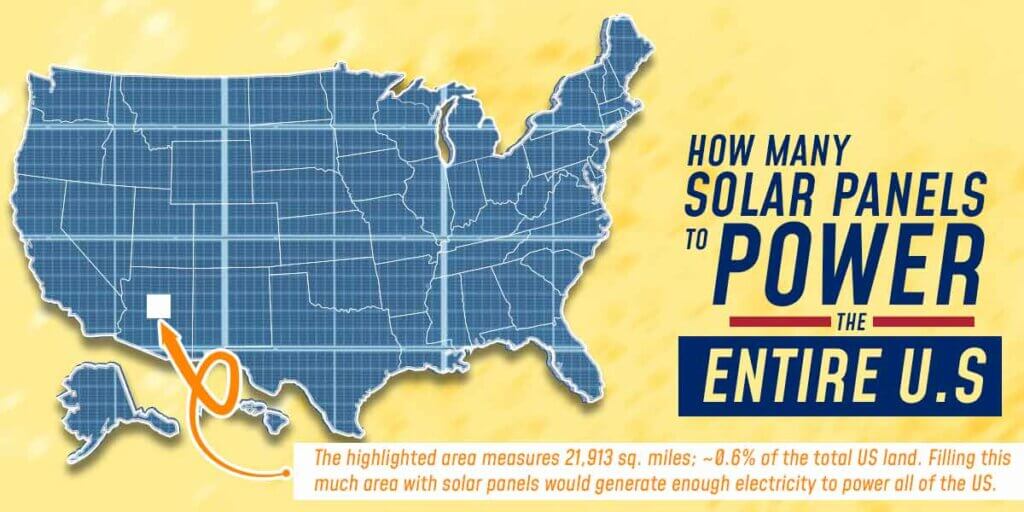
If we use the calculations as done above but just replace the world consumption of 23,696 TWh with the annual US consumption of 4,479 TWh, we see that the US would need 3.5 TW of solar power, assuming on average 3.5 hours of sun. That translates into 10 billion 350W solar panels, or 19.5% of the entire world’s electricity consumption for about 4.25% of the population of the entire world.
As for the surface area, using the roughly 4 acres for the 1 MW solar farm, it would need no less than 21,913 square miles of solar to power the US. That is a little lesser than West Virginia, but still larger than 9 other states.
Closing Thoughts | Is It Possible for Us to Power the Whole World Using Solar Panels?
A recent report suggests that even in a 100% renewable energy grid, you will probably not need as much solar as we’ve mentioned here, with other renewable energy sources such as wind and water also contributing their part. But with solar energy becoming cheaper and more efficient, reliance on solar power is touted to increase over the years, especially with the increased battery capacity and energy storage solutions.

